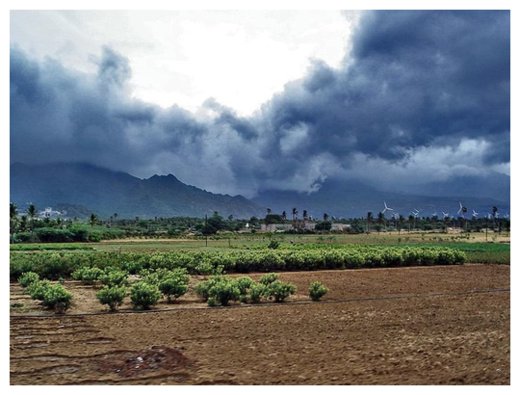
© Wikimedia CommonsAdvancing monsoon clouds and showers in Aralvaimozhy, near Nagercoil, India.
India's monsoon is in no danger of catastrophic collapse in response to global warming and air pollution, two atmospheric scientists said today, refuting earlier predictions that the monsoon could shut down within 100 years.
The scientists at Yale University in the US who used computers to model the Earth's atmosphere, land and oceans have found that the expected changes in the monsoon will not abruptly alter their strength or their water volume.
Their results contradict earlier forecasts by scientists at the Potsdam Institute for Climate Impact Research in Germany portending frequent and severe failures and even a breakdown of the monsoon, which is critical to India's food, water resources and economy."Our models show that monsoon rainfall will change smoothly in response to rising greenhouse gas concentrations, air pollution, and changes in land use," William Boos, an associate professor at Yale University told
The Telegraph."We should expect changes in the monsoon rainfall in response to changes in the global mean temperature in the coming decades, but there is no reason to expect those changes to be abrupt," Boos said.
The earlier modelling exercises had predicted that the monsoon, under the influence of global warming and air pollution, would experience a "tipping point" that would lead to a sharp drop in rainfall over India.
Boos and his colleague Trude Storelvmo
have now shown that the theory and models that were used to predict such "tipping points" had omitted a key term in climate behaviour, ignoring the fact that air cools as it rises in the atmosphere.The scientists described their results this week in the
Proceedings of the National Academy of Sciences, a US research journal.
Comment: Moscow has already received twice the average amount of snow for January